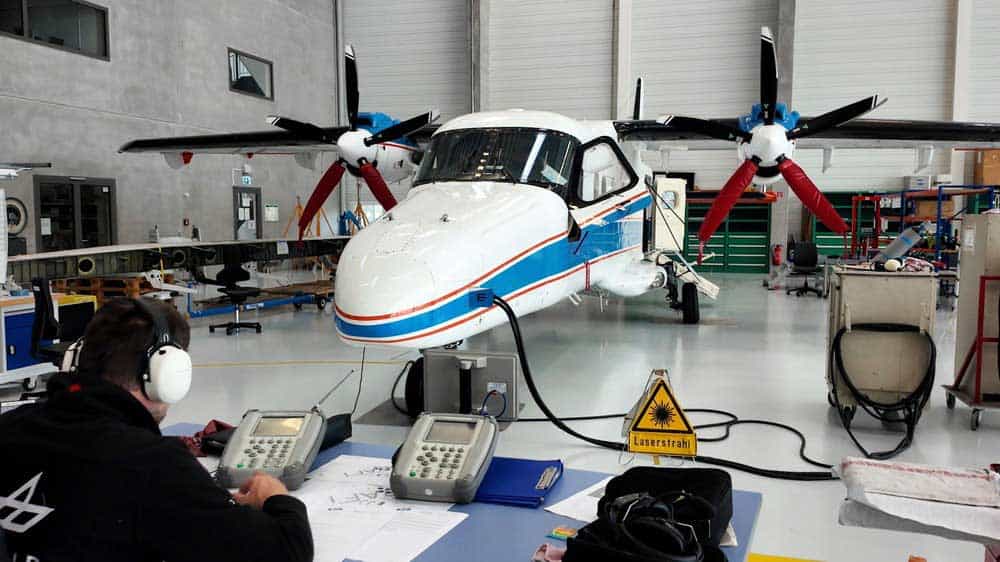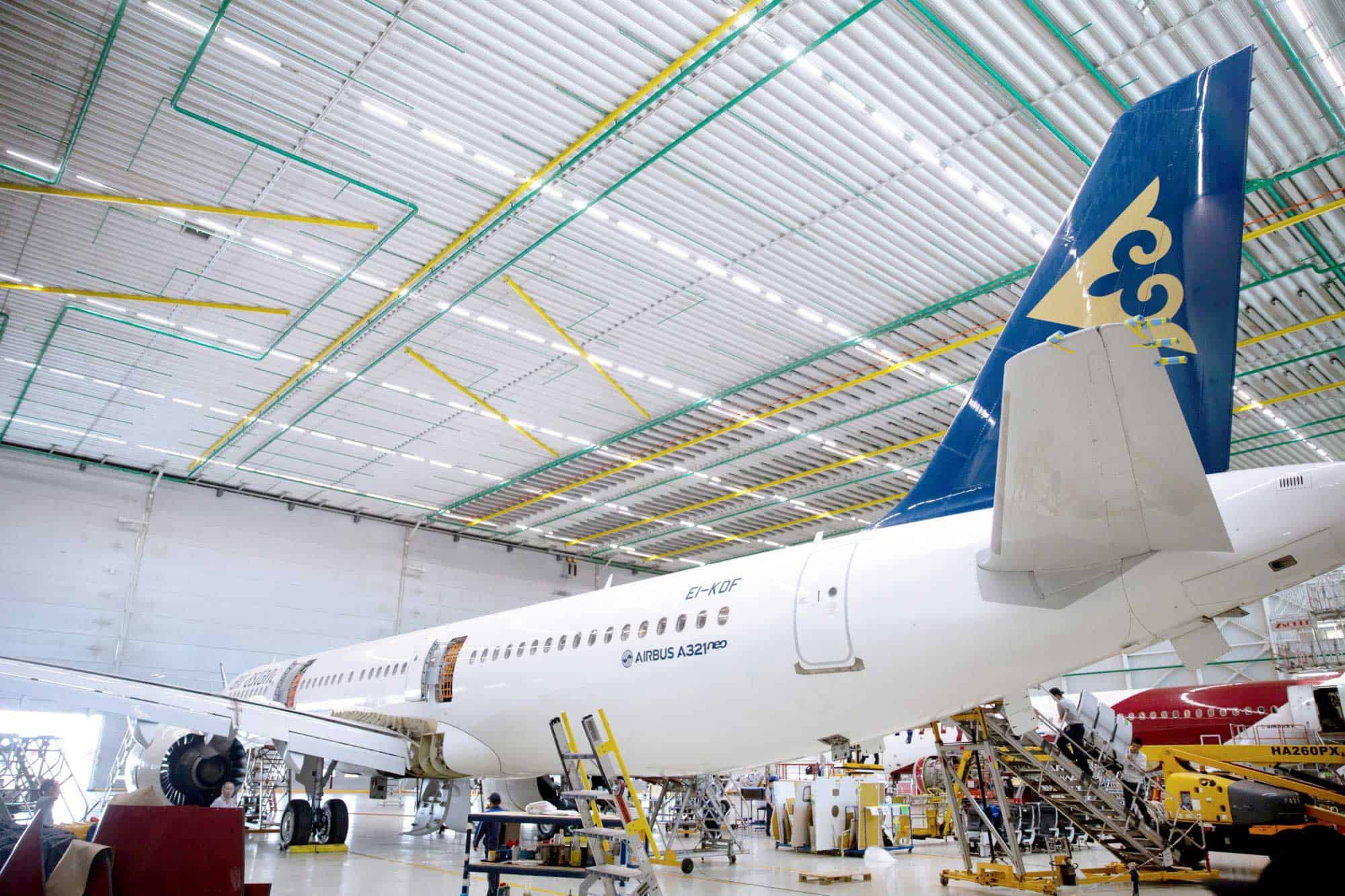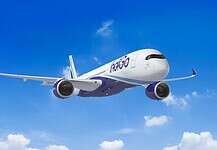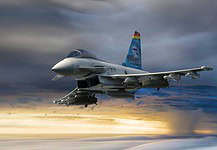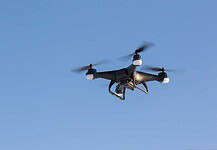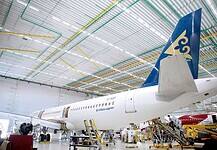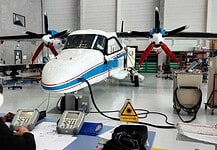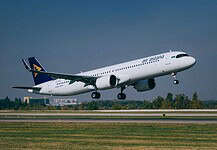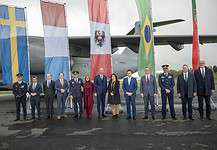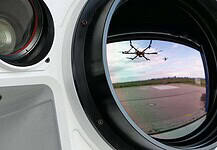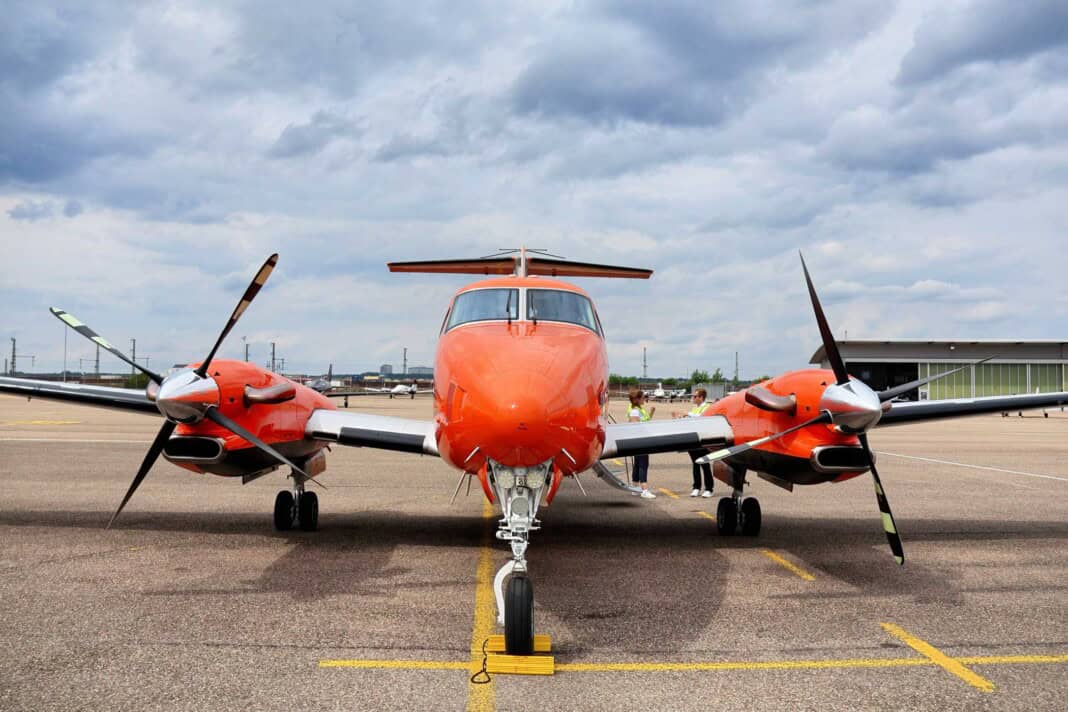
This site is also available on:
Deutsch
While normal flight operations are running at Stuttgart Airport, a flight takes off that hardly anyone notices – but without which air traffic would not function with such precision and safety.
This is a high-precision survey flight carried out by FCS Flight Calibration Services GmbH from Braunschweig, on behalf of DFS Deutsche Flugsicherung.
The purpose of the mission: the regular inspection of navigation systems that are essential to aviation—in particular, the VOR STG, a rotating radio beacon located directly at Stuttgart Airport. I had the opportunity to accompany one of these special flights.
A flying measurement laboratory: The King Air 350
A specially equipped Beechcraft King Air 350 aircraft is used. This twin-engine turboprop aircraft is characterized by its high reliability, economic efficiency, powerful PT6A engines, and low noise emissions – ideal for repeated calibration flights, even in densely populated areas.
On board are state-of-the-art avionics: a ProLine21 glass cockpit, an FMS 3000 Flight Management System with WAAS, EGNOS, and SBAS-approved avionics, as well as TCAS II, TAWS, ADS-B, EGPWS, and RVSM approval for high-altitude flights with reduced separation. The aircraft is a flying high-tech laboratory – equipped for the most precise flight inspection.
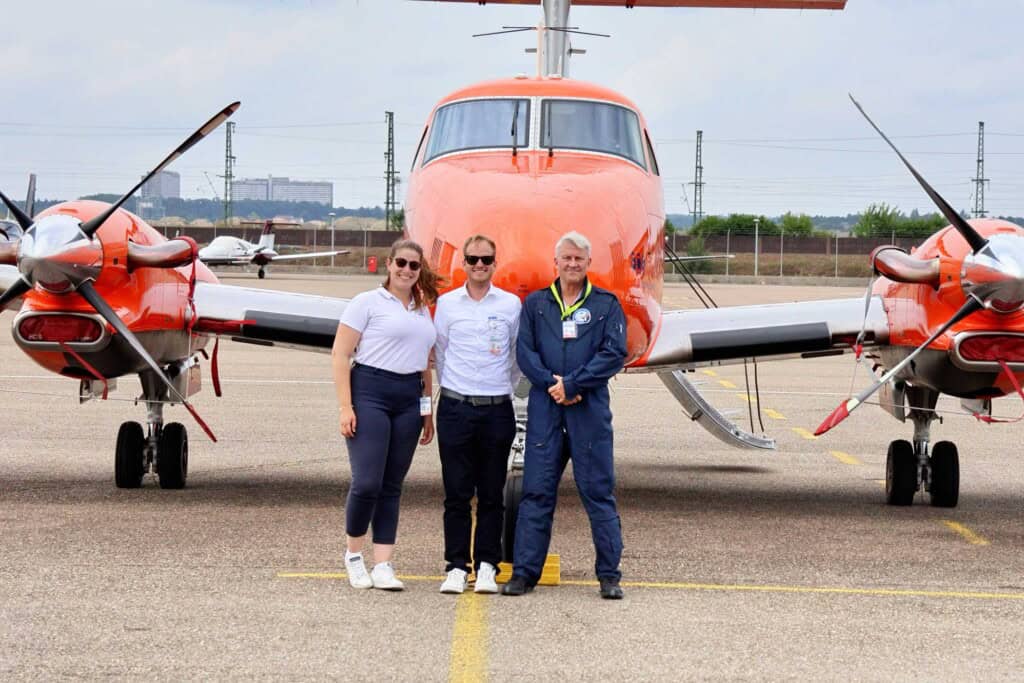
Target of the operation: The VOR STG at Stuttgart Airport
The focus of the accompanied flight was the calibration of the VOR STG, a rotating radio beacon located at Stuttgart Airport. It is one of the most important navigation systems in southern Germany and essential for instrument flight approaches and departures.
The crew consisted of Captain Thomas Wede, who precisely piloted the flight, co-pilot Louisa Wengenroth, and Lucas Schwarz, an aerospace engineer. While Wede and Wengenroth maneuvered the aircraft through the measurement profile, Lucas Schwarz analyzed the technical data on board in real time.
Several full circles were flown at a distance of 20 nautical miles (approximately 37 kilometers) around the VOR. The goal is to check the signal quality from all directions. The magnetic alignment of the signal was then checked to ensure that the directional information for navigation in the cockpit was accurate.
Live contact with the ground – real-time calibration
A special aspect of this mission: Throughout the entire flight, direct contact was maintained via a special radio frequency with engineers on the ground, who were located directly at the VOR facility.
This allowed immediate fine adjustments to be made at the ground station – in direct coordination with the measured values from the air. This close coordination between aircraft and ground personnel significantly increases efficiency and often eliminates time-consuming rework.
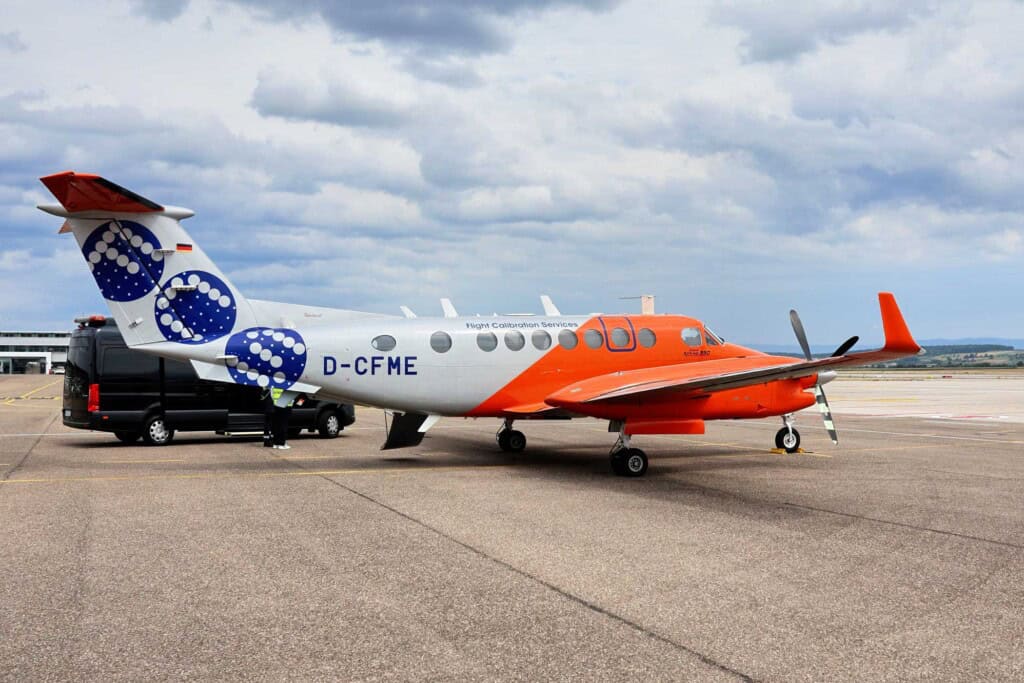
Other facilities: LBU and SUL – in focus on other days
As part of the FCS’s current survey flights, two other VORs in Baden-Württemberg are also being inspected – but not on the same day.
- VOR LBU “Luburg”: located on a field near Affalterbach in the district of Ludwigsburg
- VOR SUL “Sulz”: between Sulz am Neckar and Neckarhausen, on an agricultural area
These VORs complement the system in the Stuttgart region and are particularly relevant for supra-regional route air traffic.
What is a VOR – and how does it work?
A VOR (Very High Frequency Omnidirectional Range) is a radio navigation system that provides aircraft with precise directional information to the ground station. It transmits two signals:
- an omnidirectional component that is radiated evenly in all directions,
- and a directional component that rotates around the station 30 times per second.
From the phase difference between these two signals, the aircraft can calculate the azimuth angle (radial) – the angle from the station to its own position. This information is displayed in the cockpit on the navigation display.
What is an ILS?
An ILS (Instrument Landing System) is an instrument landing system that enables aircraft to achieve precise horizontal and vertical guidance during their approach to landing – particularly important in bad weather or poor visibility.
While VORs are checked once a year, ILS systems are calibrated every 180 days – also by the FCS on behalf of the DFS.
Conclusion: Security that goes unnoticed
The work of the FCS – in close coordination with the German Federal Aviation Administration (DFS) – mostly takes place in the background, but is fundamental to air safety. The escorted flight over Stuttgart impressively demonstrated how modern technology, experienced specialists, and seamless communication ensure that pilots can rely on their navigation systems at all times.
The crew – Captain Thomas Wede, co-pilot Louisa Wengenroth, and engineer Lucas Schwarz – worked hand in hand with the ground crew with the utmost precision. The result: a precise, efficiently executed survey flight – and another building block for safe, reliable air traffic over Germany.
Report: Daniel Kessler

 UAC Karlsruhe: DFS communications system is being upgraded (UAC Karlsruhe: DFS communications system is being upgraded)
UAC Karlsruhe: DFS communications system is being upgraded (UAC Karlsruhe: DFS communications system is being upgraded) Munich Airport ready for winter service (Munich Airport ready for winter service)
Munich Airport ready for winter service (Munich Airport ready for winter service)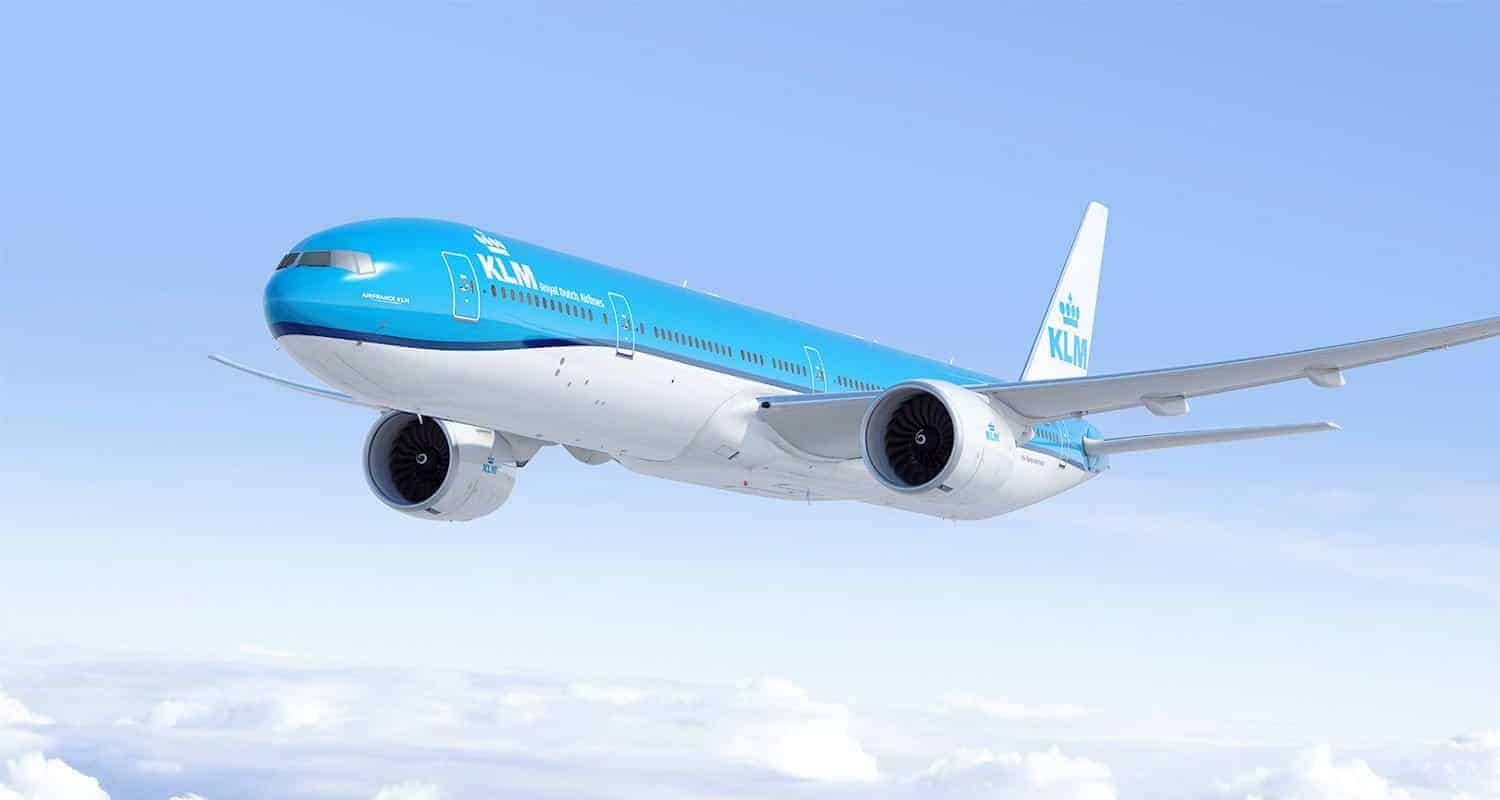 KLM integrates safer luggage tracking via Apple AirTag (KLM integrates safer luggage tracking via Apple AirTag)
KLM integrates safer luggage tracking via Apple AirTag (KLM integrates safer luggage tracking via Apple AirTag)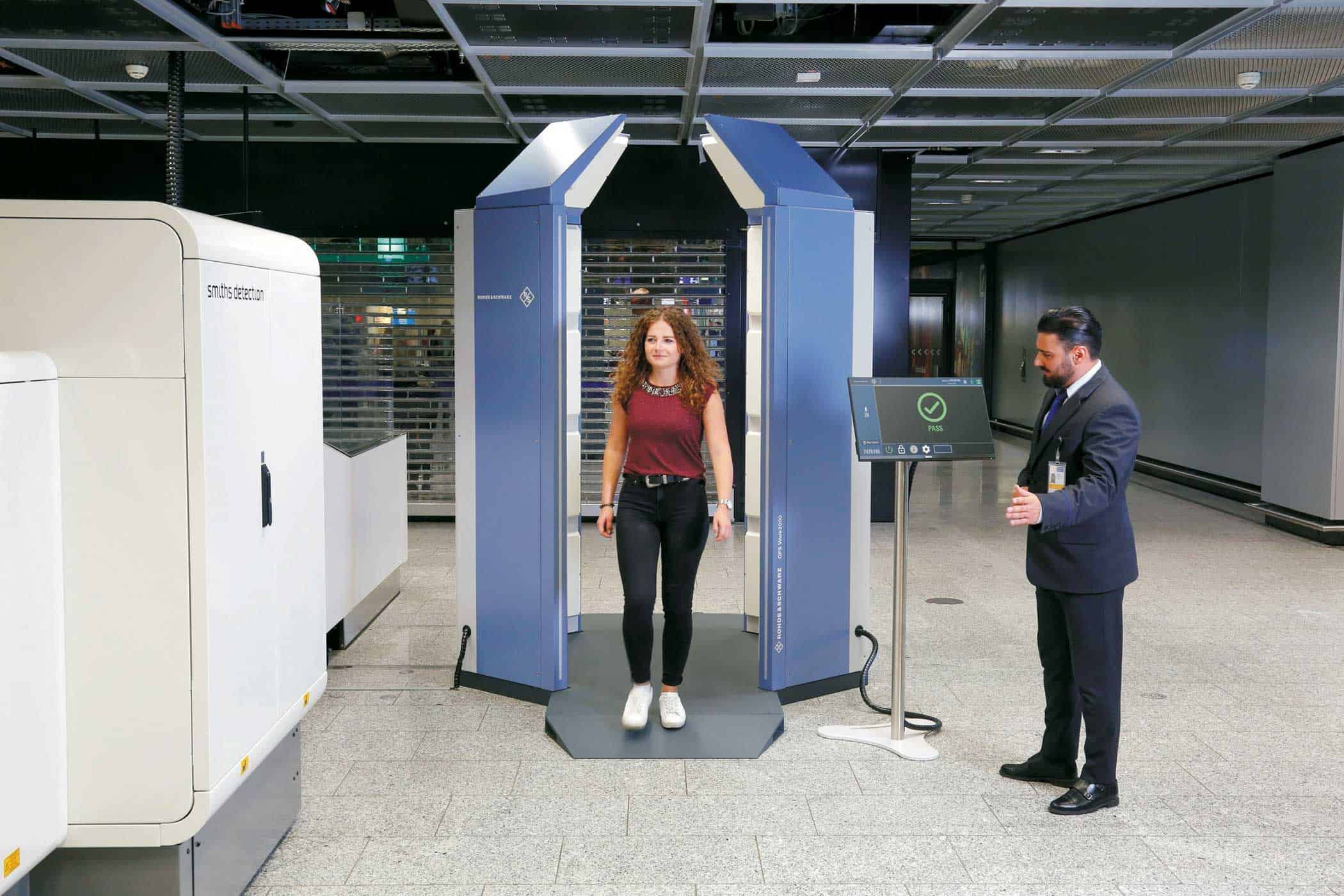 Fraport uses walk-through scanners for security checks (Fraport uses walk-through scanners for security checks)
Fraport uses walk-through scanners for security checks (Fraport uses walk-through scanners for security checks) Flight safety: EVA AIR joins IATA Turbulence Aware platform (Flight safety: EVA AIR joins IATA Turbulence Aware platform)
Flight safety: EVA AIR joins IATA Turbulence Aware platform (Flight safety: EVA AIR joins IATA Turbulence Aware platform)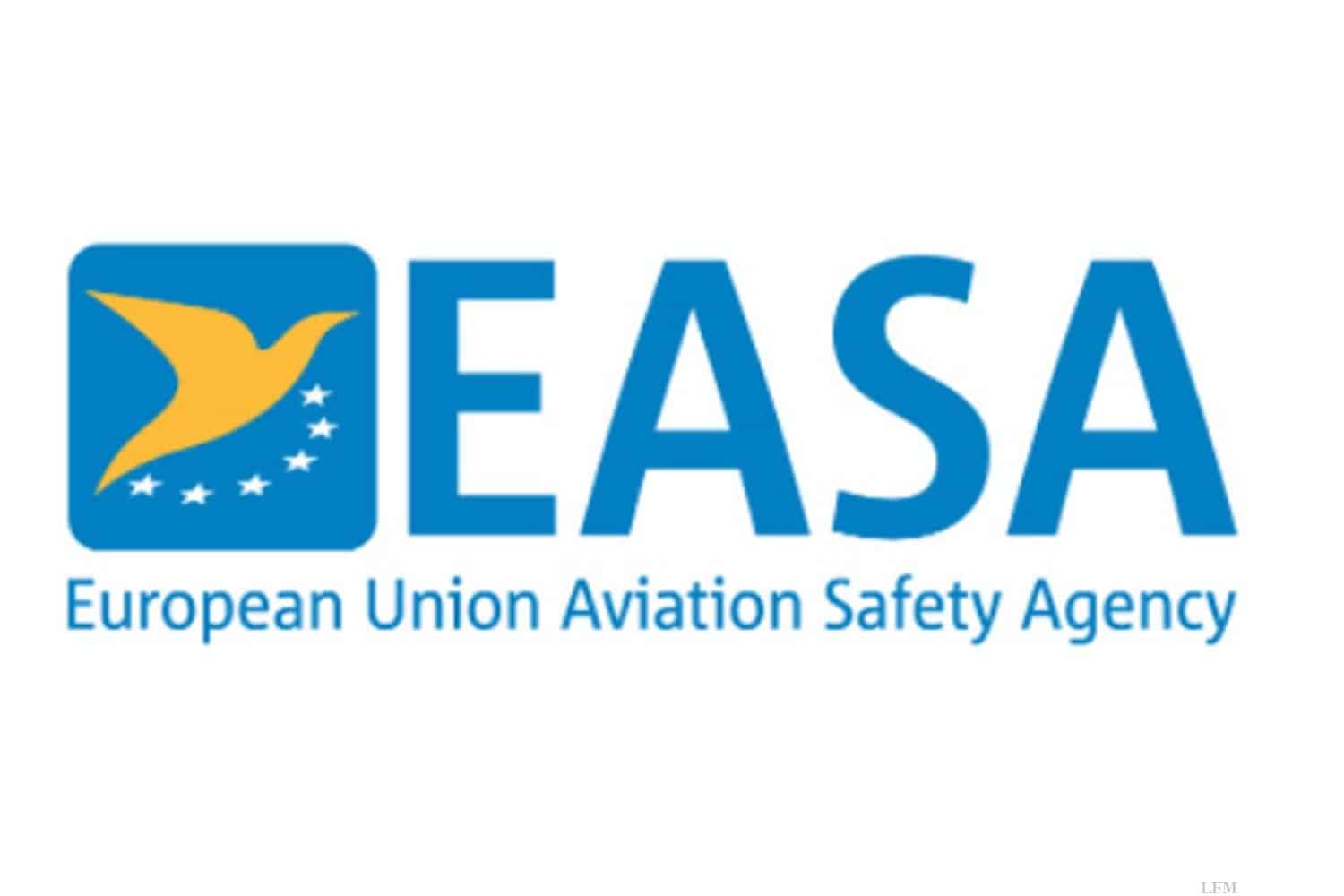 EASA: New safety regulations for ground handling (EASA: New safety regulations for ground handling)
EASA: New safety regulations for ground handling (EASA: New safety regulations for ground handling)
